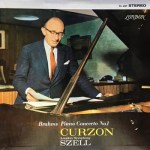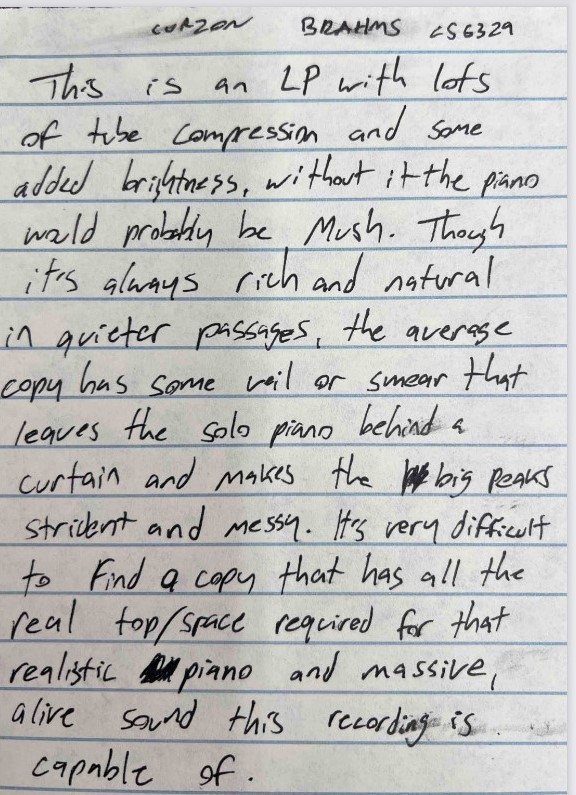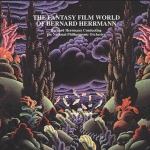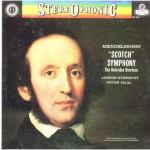
More of the Music of Felix Mendelssohn (1809-1847)
More Music Conducted by Peter Maag
Latest Findings from 2023
For our most recent shootout, the original we played earned grades of 1.5+ on both sides, a grade that is barely passable for a Hot Stamper these days. Our best reissues killed it.
The 3D/3E stampers of our early Blueback copy can probably be beaten by others — assuming there are others — but this is just not a good bet for us for The Third Symphony when there are so many other pressings with superior sound.
Our favorite performance with top quality sound is made from the same recording you see here, but on a certain budget reissue that has much better sound.
It’s very possible that the Speakers Corner Heavy Vinyl pressing from 2003 pictured below would beat the original we describe. We make no claims that it doesn’t, or wouldn’t.
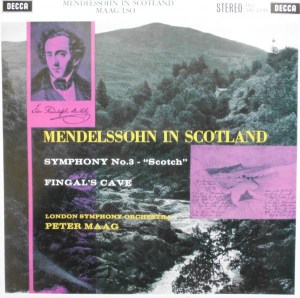 Our claim would be that a properly-mastered, properly-pressed version of the album is very unlikely to be bested by something from Speakers Corner, or any other label making records during the last thirty years.
Our claim would be that a properly-mastered, properly-pressed version of the album is very unlikely to be bested by something from Speakers Corner, or any other label making records during the last thirty years.
What I would have played against the Speakers Corner pressing in 2003 would have been an original London Blueback, and maybe a Stereo Treasury or two. Both of them would have been obvious choices, and I was stuck making obvious choices because I simply did not understand enough about classical records at the time to do otherwise.
I confess I knew very little about the recording of the 3rd symphony back in those days, and I certainly didn’t know how good some of the right reissues could sound.
Obviously we needed to do a great deal more research and development, which we began to undertake over the course of the next twenty years in a much more serious way, making one discovery after another.
And that all happened out of the love for great sounding music on vinyl, and, every bit as importantly, because we get paid to do it.
Our older commentary follows.
This is a very old listing, probably from more than ten years ago. With the improved cleaning technologies we currently use, many of these old records sound a whole lot better than they used to.
Still, there are some Deccas and Londons that we’ve cleaned and played recently that were disappointing, and they can be found here.
Both sides of this record have that classic Decca chocolatey, rich, sweet sound. It’s not for everybody, it’s probably not the sound one would hear in a concert hall, but we love it and so do many audiophiles.
The performance here by Maag is legendary and definitive. The sound is perfectly suited for this music, with massed strings to die for. This is classic Tubey Magical Decca orchestral sound. If you want immediacy, buy a Mercury. If you want luscious, rich string tone, this London should be right up your alley.
Side One Versus Side Two
With a grade of A+ we felt that the sound was a fairly opaque and crude, with some smear to the strings (which in many ways is the classic Decca sound from the era).
For more on the subject of opacity on record, click here and here.
Side two improves on the sound in all these areas.
Side two had less smear and less distortion and congestion than we heard on side one. It’s also even richer sounding, if such a thing is possible. More transparent too. A good balance of clarity and richness.
(more…)
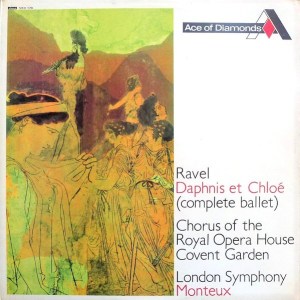
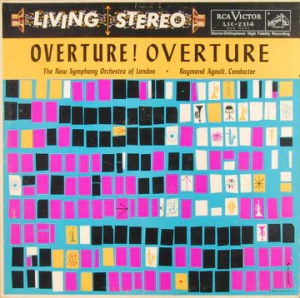
 When this 1957 recording was first released, you could only buy it in mono, under the title Overtures… In Spades!
When this 1957 recording was first released, you could only buy it in mono, under the title Overtures… In Spades! 
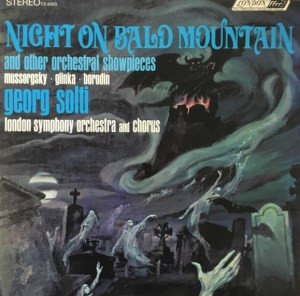

 Our claim would be that a properly-mastered, properly-pressed version of the album is very unlikely to be bested by something from Speakers Corner, or any other label making records during the last thirty years.
Our claim would be that a properly-mastered, properly-pressed version of the album is very unlikely to be bested by something from Speakers Corner, or any other label making records during the last thirty years. More of the Music of Tchaikovsky Available Now
More of the Music of Tchaikovsky Available Now